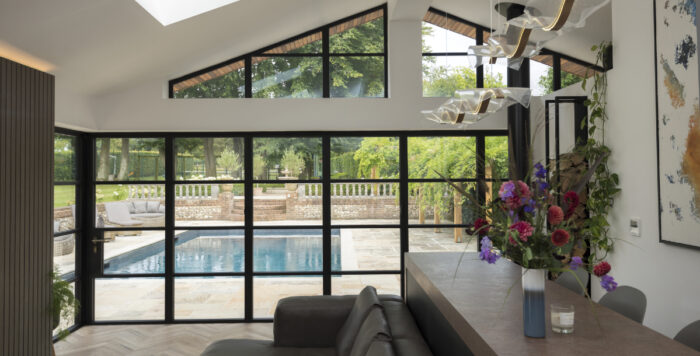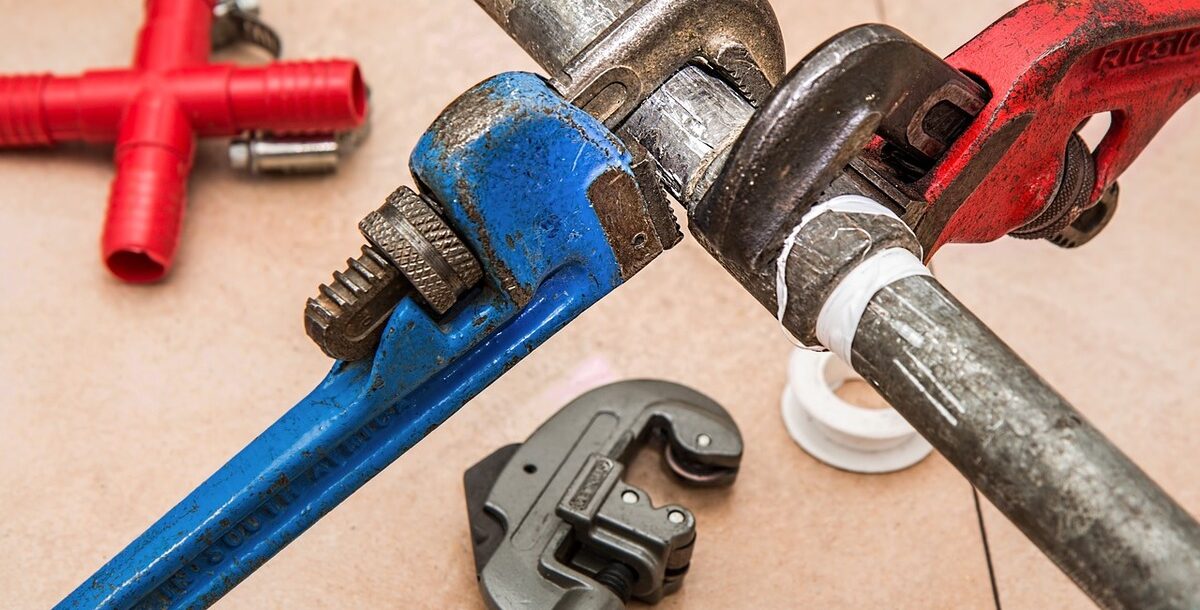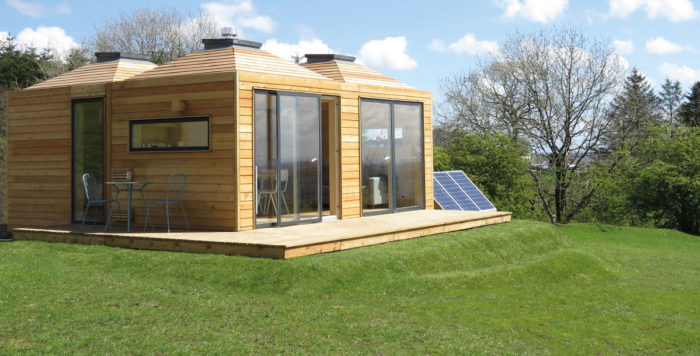10 perfectly practical utility rooms
Solutions for laundry, storage, outdoor gear and grubby pets
A good utility room is highly practical. It must have good ventilation, an easy-to-use layout, robust and hygienic surfaces, efficient appliances and sufficient storage. It’s a lot to ask but perfectly doable, as these product and design solutions demonstrate.
1. Pick a practical surface
Non-porous aluminium, high-pressure laminate or composite panels are seamless easy-clean options for upstands and splashbacks. Or, to avoid lots of dirt-collecting grout lines, choose large-format porcelain tiles.

Essentials Collection aluminium splashback in Smoked Ember, from £139 for a 800x600mm panel, £269 for a 3,050x610mm panel, Alusplash. Photo: Chris Snook
2. Assemble everything you need
The priorities in a space dedicated to laundry include good ventilation, sufficient room to load and unload machines with ease, at least one way of drying damp washing and a sink for soaking.

Handmade cabinets and open shelving painted in Blackened by Farrow & Ball, from £15,000, Simon Taylor Furniture. Photo: Darren Chung
3. Take it off the floor
Save space by stacking laundry appliances – kits are widely available. For stability put the heavy washing machine beneath the dryer.
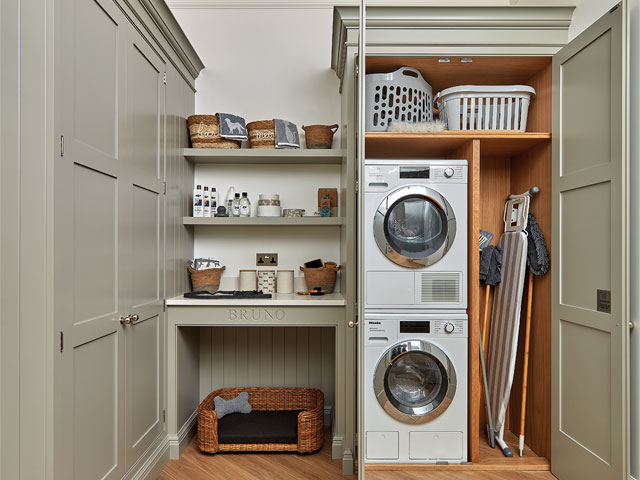
Hartford cabinets in Chicory, from £25,000, Tom Howley
4. Put it all away
Take time to get your storage right at the planning stage to avoid clutter later. Many kitchen companies offer a design service for free or a fee redeemed against what you buy.

Handmade Shaker cabinets, from £5,000, Olive & Barr
5. Complete the cycle
Thermostatically controlled and programmable drying cabinets use less energy than tumble dryers. Or select an efficient heat pump dryer.

Spenlow cabinets, including drying cupboard, in Tailored Grey, from £15,000, Humphrey Munson
6. Opt for hardwearing wood
Good-quality reclaimed timber is a surprisingly durable, water-resistant and wipe-clean material that won’t show scuff marks and grime.

Bespoke boot room in Basalt, from £10,000, reclaimed weathered barn oak cladding, £67.80 per sqm, flooring, from £144.50 per sqm, The Main Company
7. Clean up quick
Dog owners can prevent getting mud trailed through the house by installing a dedicated shower – as part of a bespoke scheme or by adapting standard fittings such as the Dogshower brush nozzle handset, £150, from Hansgrohe.

New Deco cabinetry in Light Blue by Farrow & Ball with quartzite worksurface and bespoke shower, from £15,000, Martin Moore
8. Assess the space
Ideally, you’ll need an area measuring around 3x3m for a utility room with enough space for a sink, appliances and storage. Plus, ensure there’s 1m between cabinets and in front of appliances.

Freestanding base units, from £650, undersink unit , from £860, housekeeper’s cupboard, £1,845, shelving, from £160, British Standard by Plain English. Interior by Sarah Southwell Design
9. Select a site
An ideal place for a utility space is next to the kitchen, especially if you want it to include appliances, and somewhere with direct access to the outdoors.
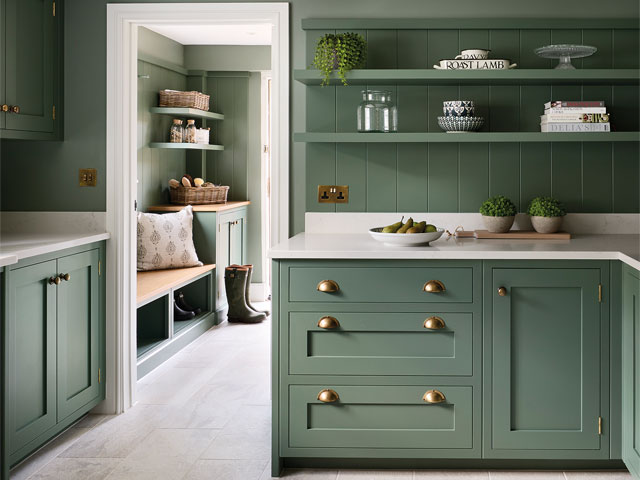
Bespoke Shaker cabinets, including sink and worksurfaces, from £12,000, Davonport
10. For a functional floor
Sealed engineered timber, tumbled or riven stone and terracotta offer a resilient, slip-resistant surface underfoot. Poured concrete and resin also work well, as do low-maintenance vinyl, ceramic or porcelain tiles.

Marlborough terracotta parquet tiles, £77.83 per sqm, Artisans of Devizes. Scheme by Hudson Homes and Interiors



